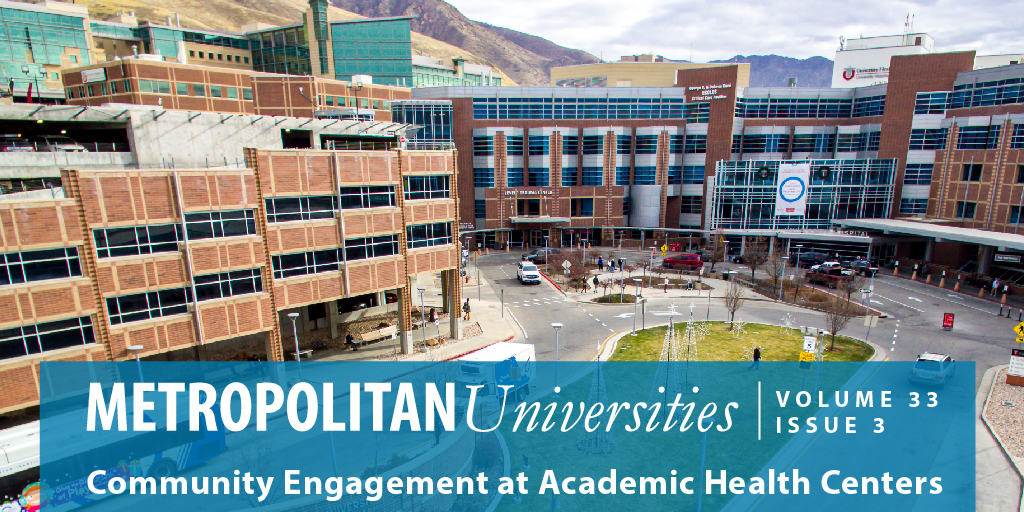Selecting and Implementing a Telementoring Program: Case Studies of Project ECHO
DOI:
https://doi.org/10.18060/25689Keywords:
Project ECHO, Adoption, Implementation Science, telementoring, diffusion of innovationsAbstract
Extension for Community Healthcare Outcomes (Project ECHO) is a telementoring program for health professionals that uses adult learning techniques and interactive video technology to connect distal community providers with specialist and multidisciplinary teams in real-time collaborative sessions. We examine the adoption, implementation, and sustainability of ECHO programs at four academic medical centers through case studies based on structured interviews. The study and its analysis are informed by the Diffusion of Innovation theory and the Exploration, Preparation, Implementation, Sustainment (EPIS) framework. We found that early adopters became aware of ECHO by chance and were persuaded through observations to adopt ECHO. Finding a home for ECHO was an important initial adoption decision. Five context factors influence the implementation of ECHO: Funding, networks, staffing processes, leadership, and individual characteristics of staff. Sustainability requires ongoing funding, which itself may rely on evidence of outcomes. Findings from this study can inform the implementation of Project ECHO at other academic medical centers and extend to decisions to adopt, implement, and sustain similar telementoring programs designed to close the research-practice care gap between communities and academic medical centers.
References
Aarons, G. A., Hurlburt, M., & Horwitz, S. M. (2011). Advancing a conceptual model of evidence-based practice implementation in public service sectors. Administration and Policy in Mental Health, 38, 4-23. https://doi.org/10.1007/s10488-010-0327-7
American Hospital Association. (2018). The 2018 Environmental Scan. Unpublished report. Retrieved from: https://www.aha.org/data-and-insights/presentation-center/aha-environmental-scan
Arora, S., Kalishman, S. G., Thornton, K. A., Komaromy, M. S., Katzman, J. G., Struminger, B. B., Rayburn, W. F., & Bradford, A. M. (2017). Project ECHO: A telementoring network model for continuing professional development. The Journal of Continuing Education in the Health Professions, 37(4), 239–244. https://doi.org/10.1097/CEH.0000000000000172
Davis, D., Evans, M., Jadad, A., Perrier, L., Rath, D., Ryan, D., Sibbald, G., Straus, S., Rappolt, S., Wowk, M., & Zwarenstein, M. (2003). The case for knowledge translation: shortening the journey from evidence to effect. British Medical Journal, 327(7405), 33–35. https://doi.org/10.1136/bmj.327.7405.33
Dearing, J. W., & Cox, J. (2018). Diffusion of innovations theory, principles, and practice. Health Affairs, (37)2, 183-190. https://doi.org/10.1377/hlthaff.2017.1104
Frank, J. W., Carey, E. P., Fagan, K. M., Aron, D.C., Todd-Stenberg, J., Moore, B. A., Kerns, R. D., Au, D. H., Ho, P. M., & Kirsh, S. R. (2015). Evaluation of a telementoring intervention for pain management in the Veterans Health Administration. Pain Medicine, 16(6), 1090–1100. https://doi.org/10.1111/pme.12715
Moore, D. E., Green, J. S., & Gallis, H. A. (2009). Achieving desired results and improved outcomes: Integrating planning and assessment throughout the learning activities. Journal of Continuing Education in the Health Professions, 29(1), 1-15. http://doi/abs/10.1002/chp.20001
Moullin, J. C., Dickson, K. S., Stadnick, N. A., Rabin, B., & Aarons, G. (2019). Systematic review of the Exploration, Preparation, Implementation, Sustainment (EPIS) framework. Implementation Science, 14. https://doi.org/10.1186/s13012-018-0842-6
Movsisyan, A., Arnold, L., Evans, R., Hallingberg, B., Moore, G., O’Cathain, A., Pfadenhauer, L.M., Segrott, J., & Rehfuess, E. (2019). Adapting evidence-informed complex population health interventions for new contexts: a systematic review of guidance. Implementation Science, 14, 105. https://doi.org/10.1186/s13012-019-0956-5
Price, D. (2005) Continuing medical education, quality improvement, and organizational change: implications of recent theories for twenty-first-century CME. Medical Teacher, 27:3, 259-268. https://DOI: 10.1080/01421590500046270
Project ECHO. (n.d.). Our story. https://hsc.unm.edu/echo/about-us/our-story.html
Project ECHO Dashboard (n.d.). Interactive Dashboards. https://hsc.unm.edu/echo/partner-portal/data-marketplace/interactive-dashboards/
Rogers, E. M. (2003). Diffusion of innovations. New York: Free Press.
Stake, R. E. (1995). The art of case study research. Thousand Oaks, CA: Sage.
Straus, S. E., Tetroe, J., & Graham, I. (2009). Defining knowledge translation. Canadian Medical Association Journal, 181(3-4), 165–168. https://doi.org/10.1503/cmaj.081229
Downloads
Published
Issue
Section
License
Copyright (c) 2022 R. Sam Larson, Caryn Medved

This work is licensed under a Creative Commons Attribution 4.0 International License.



